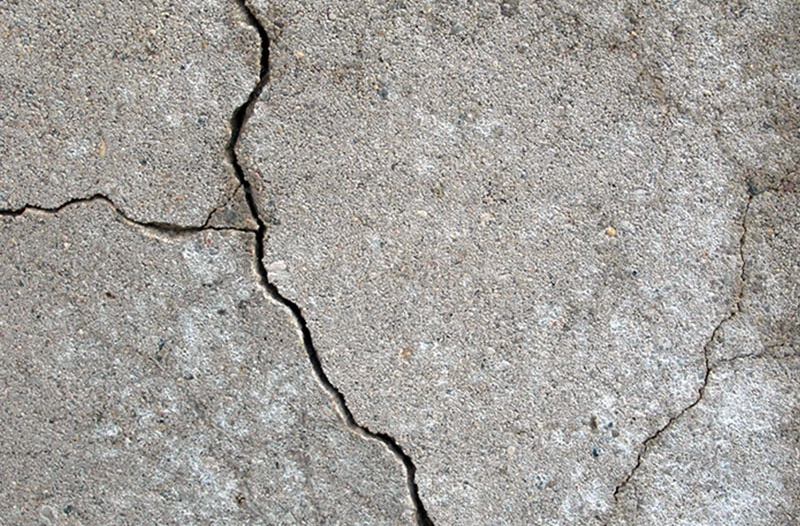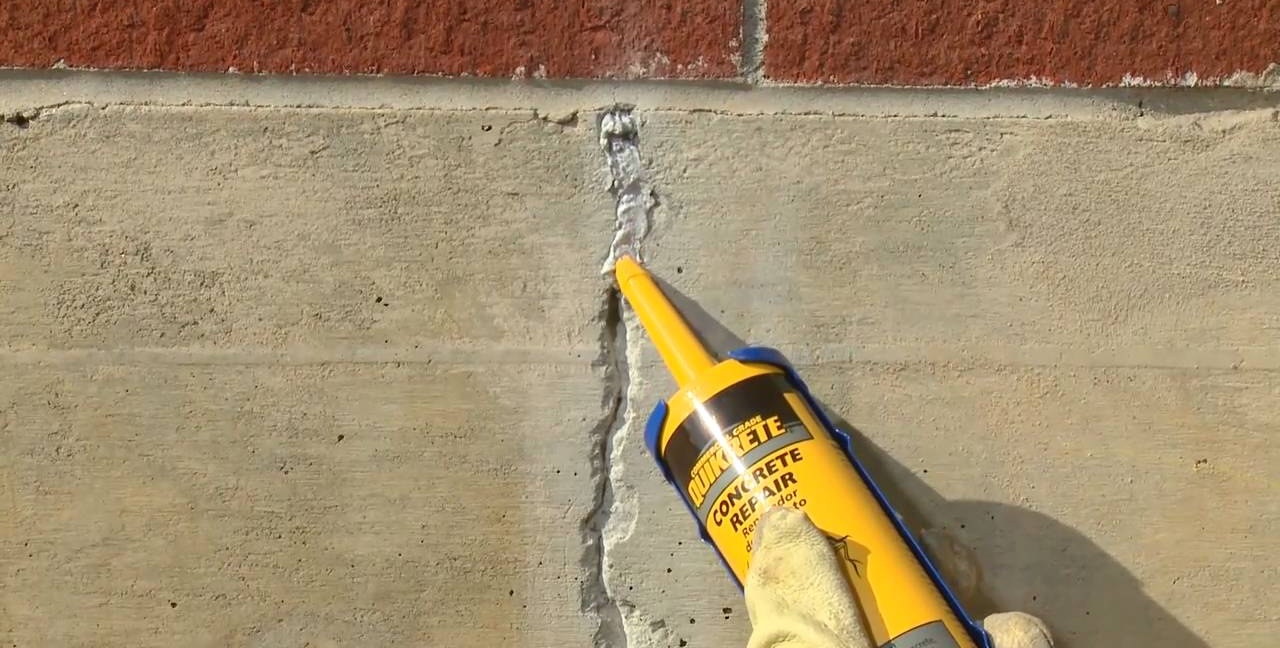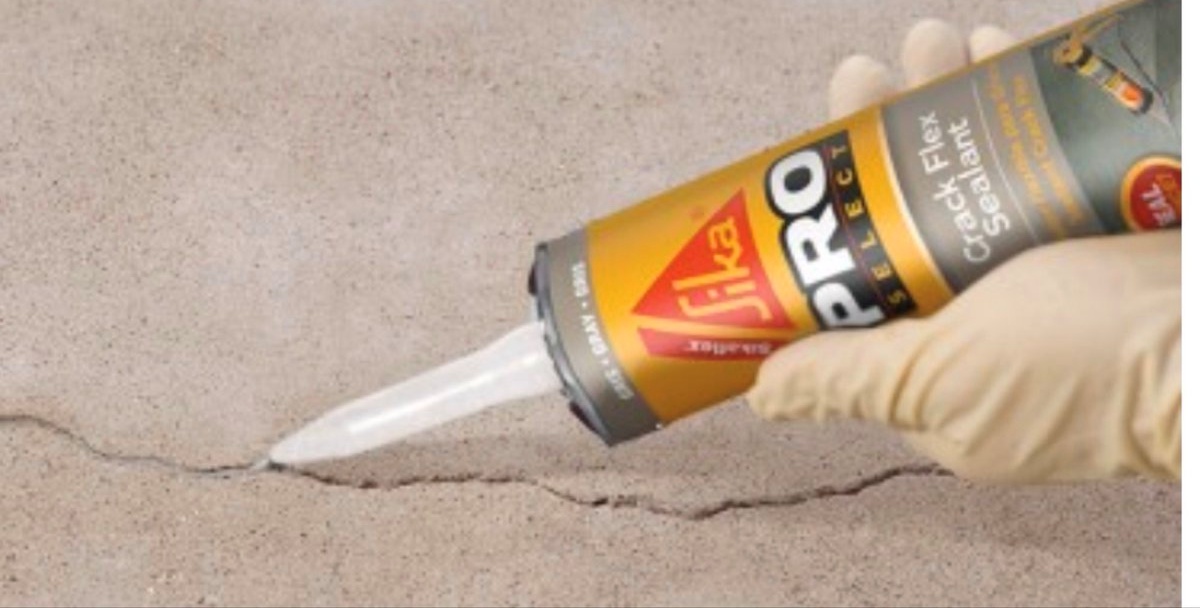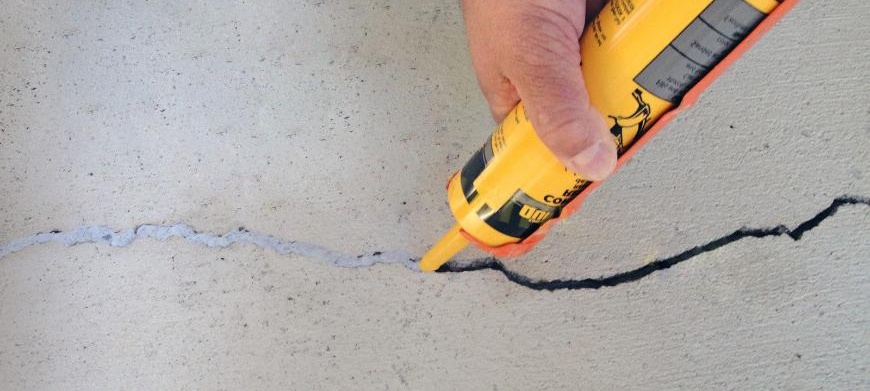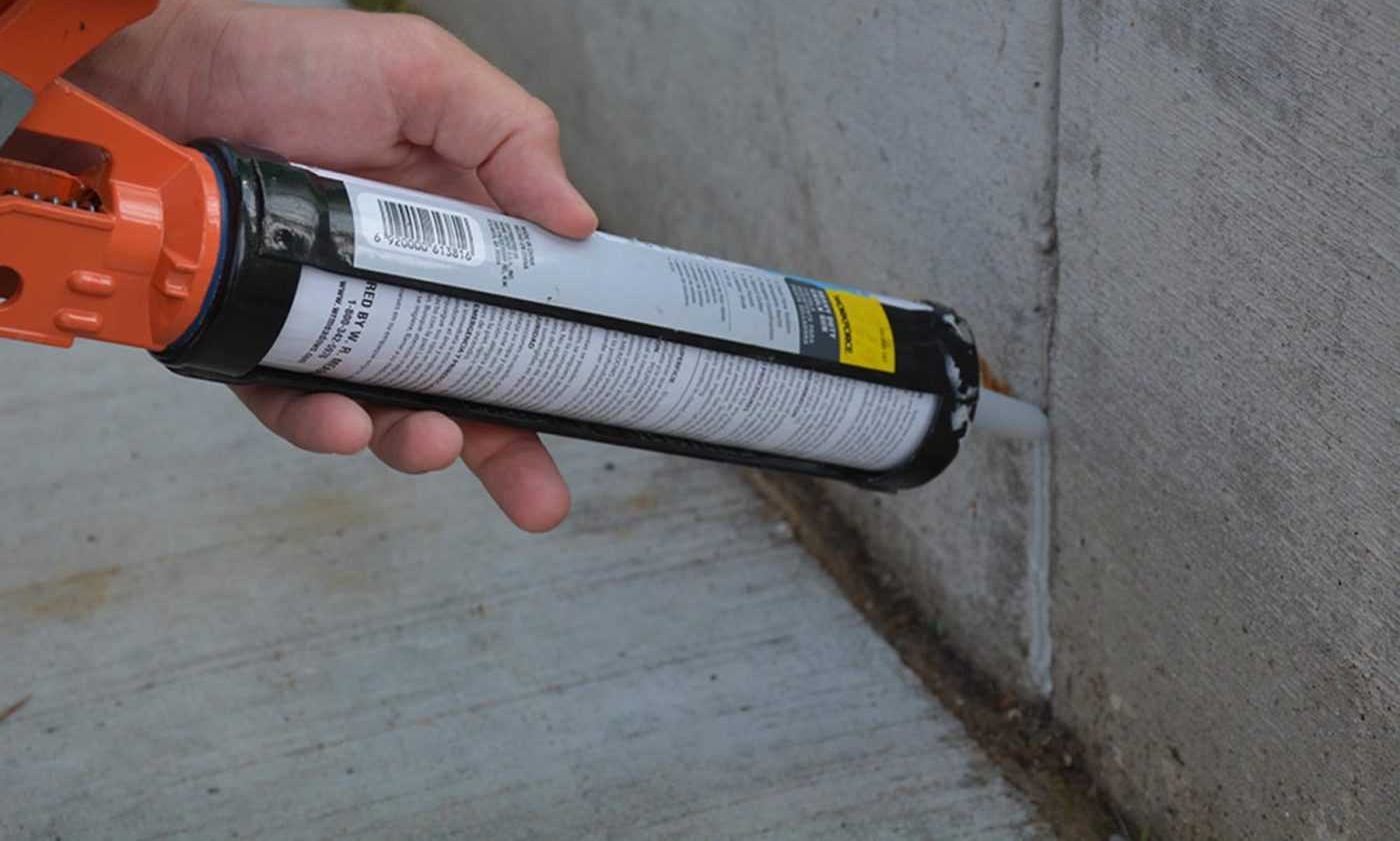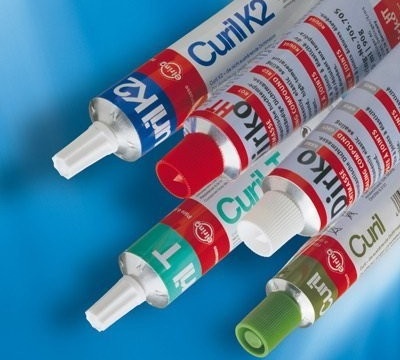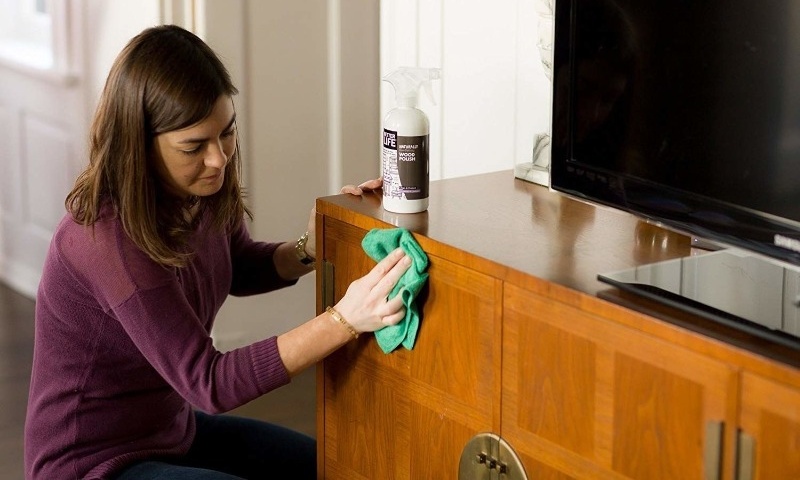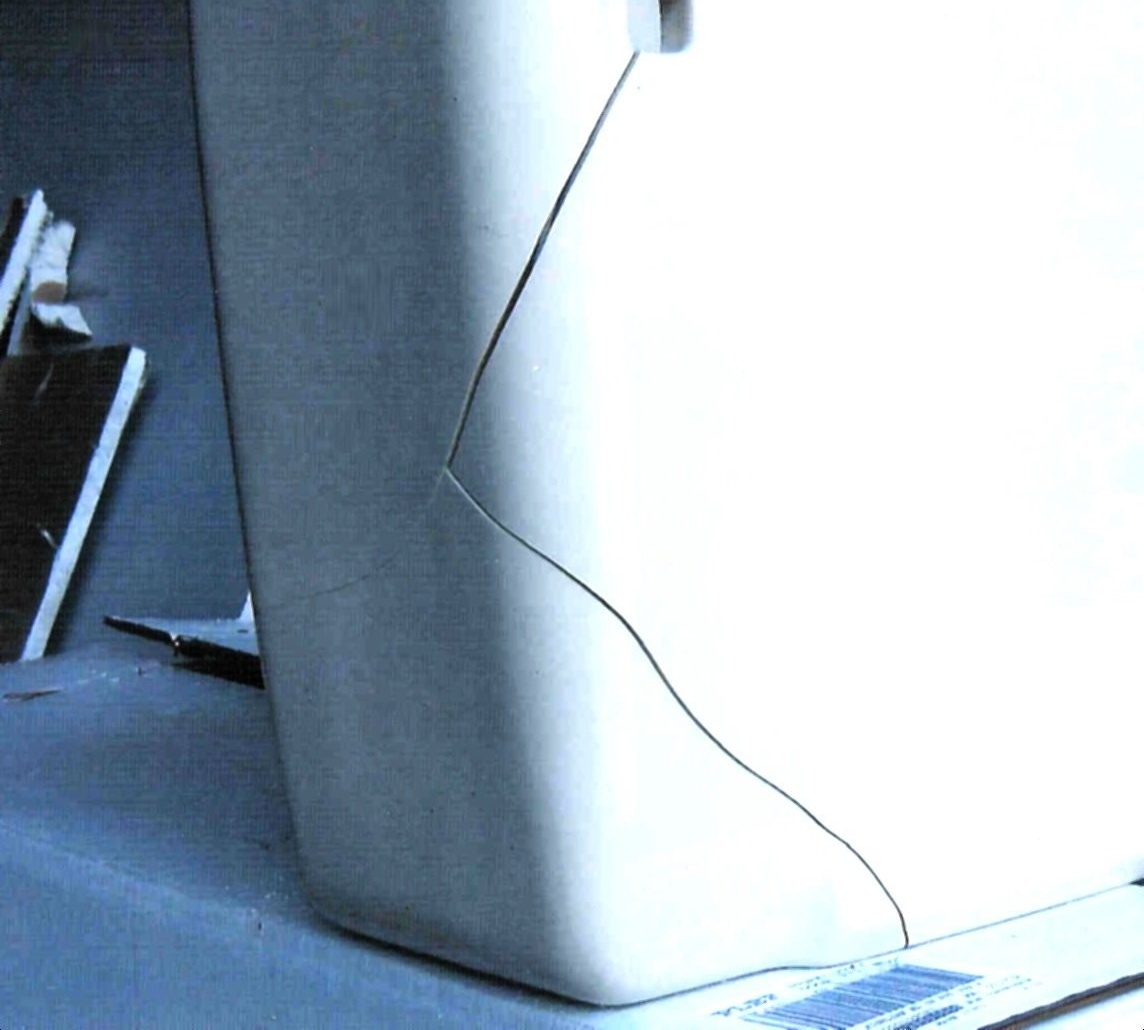Sealing - a way to eliminate cracks in concrete
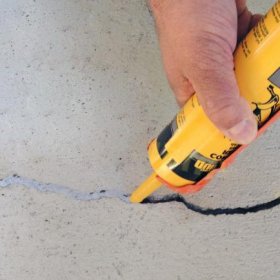
Concrete is a strong building material consisting of cement, water, large and small aggregates.
Cracks in concrete: causes
Despite its strength and durability, cracks can form in concrete. This is facilitated by the influence of negative factors: adverse weather conditions, violation of the technology for preparing the concrete mixture, large dynamic loads, etc.
What to do
Cracks pose a serious danger to reinforced concrete or concrete structures. It is important to identify the cause of their occurrence in time. Sometimes it is not enough just to cover the crack with mortar; more serious measures may be required: strengthening the foundation or screeding the house.
If the causes of defects in the concrete are not so significant, it is necessary to repair the cracks. Timely elimination of chips significantly extends the service life of reinforced concrete or concrete structures. To effectively seal large and small cracks, sealants are used.
What is sealant
A sealant is an elastic material consisting of a polymer component and a cement-sand mortar. When choosing a product, you need to carefully read the instructions on the package.
There are gaskets for working inside and outside the building. They differ in their properties: the sealant for outdoor use is more reliable, able to withstand sudden changes in temperature and high humidity.
Classification
Sealants are usually classified according to their composition:
- acrylic;
- polyurethane;
- silicone;
- thiocolov;
- silane modified.
What are suitable for what?
Acrylics are more suitable for work inside the building. They have a rather gentle composition, less resistant to sudden changes in temperature and high humidity. Acrylic sealants are considered safe, as they do not adversely affect human health and the environment.
For outdoor use, polyurethane sealants are perfect. They are resistant to high humidity, therefore they can significantly extend the life of reinforced concrete or concrete structures. Polyurethane seals very quickly set and harden.
Silicone is very flexible and protects surfaces from moisture and fungi. Most often they are used for wells made of concrete rings.
Thiokol sealants are reliably resistant to chemistry. They are highly elastic and protect surfaces from temperature extremes and exposure to aggressive environments. They are relevant to apply to fuel stations, garages, gas stations.
Modified silane are waterproof sealants. They are used for well wells and cement tanks. These seals are very firmly set to any surface.
Before starting work with any sealant, it is necessary to remove dirt, damaged parts of concrete from the surface of the crack, use a deep impregnation primer or primer, and then use the gun or syringe to apply the material itself to the crack.
